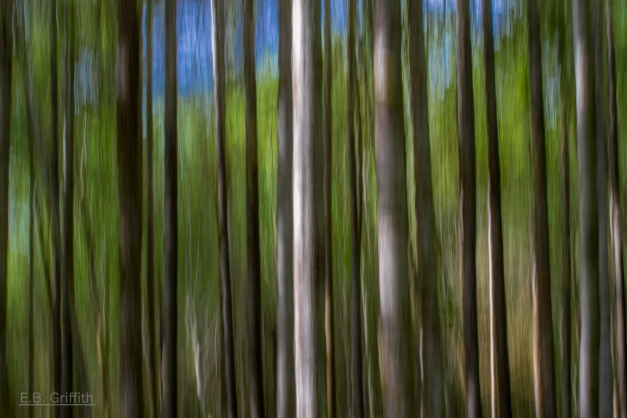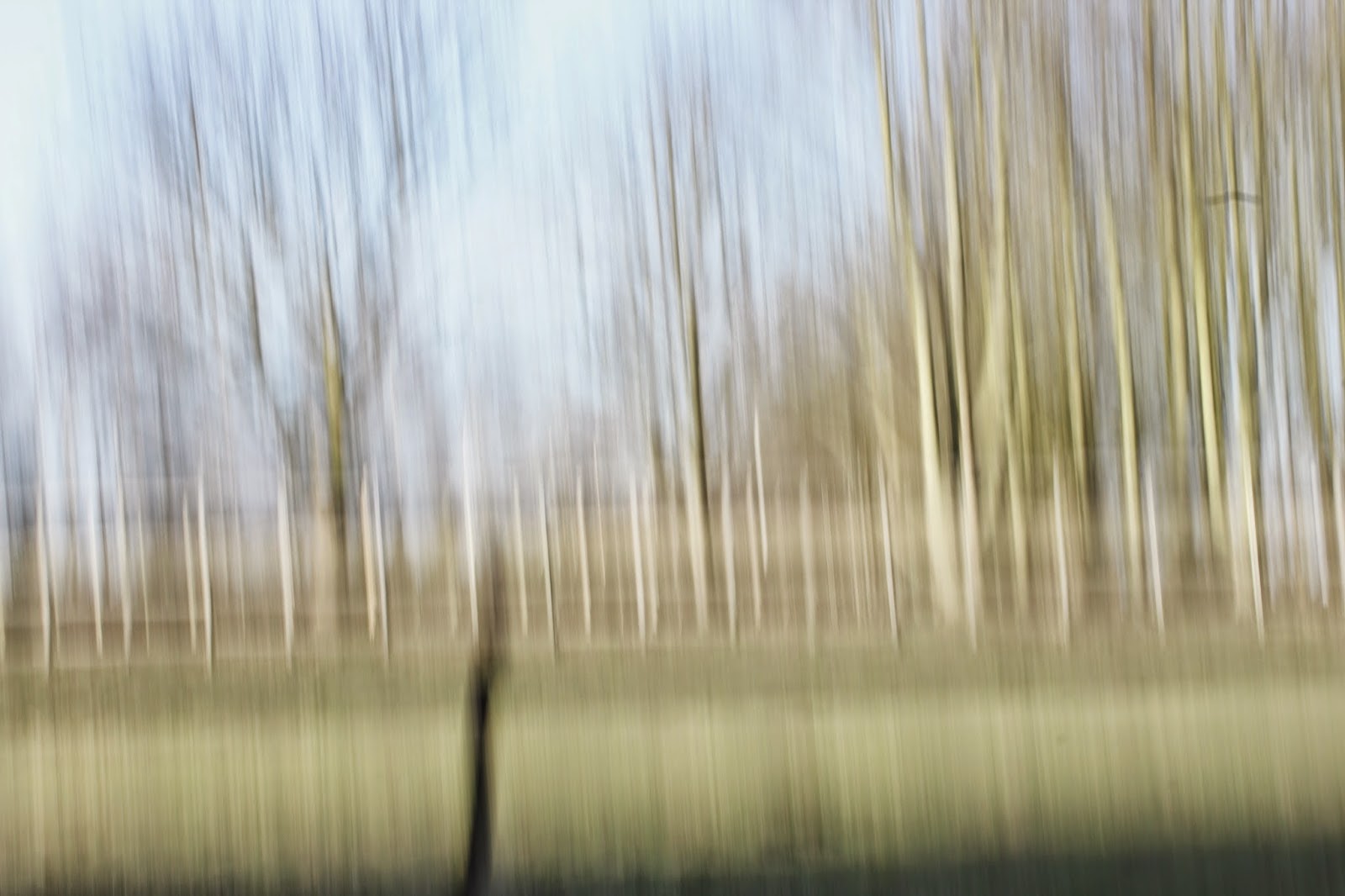I really enjoyed her use of colour and space for example in her picture above there is a running colour scheme of oranges (seen in the clouds and wings) and also green (seen in the wings and ground) this is important in her photos as the use of colour ties in her water-colour with the photograph. I also like how the painting creates a sense of movement in her project and particularly this photo. This is because the wings suggest the initial static movement but then the extra dots around the wings imply that the girl is actually moving and you can see where she is moving to. The pose of the girl also reinforces this as her toes are pointing backwards and her arms are slightly out-stretched.
I was insipired by this project to think outside of the box when thinking of a concept for my images, I knew I wanted to include nature like Aliza Razell, however I know I'm not as good as painting like her, so I decided to use aspects of her projects like how she explored the use of the 4 elements in her work. This lead me to try different angles and perspectives on the elements. For example for air I did a high-angled shot of birds flying and a low angled shot of fire. Normally fire is seen as more powerful and dangerous than air and this juxtaposes my high angled and low angled shots.








